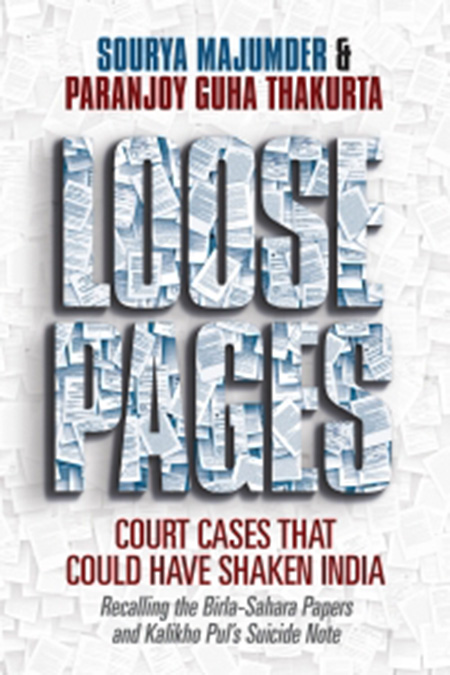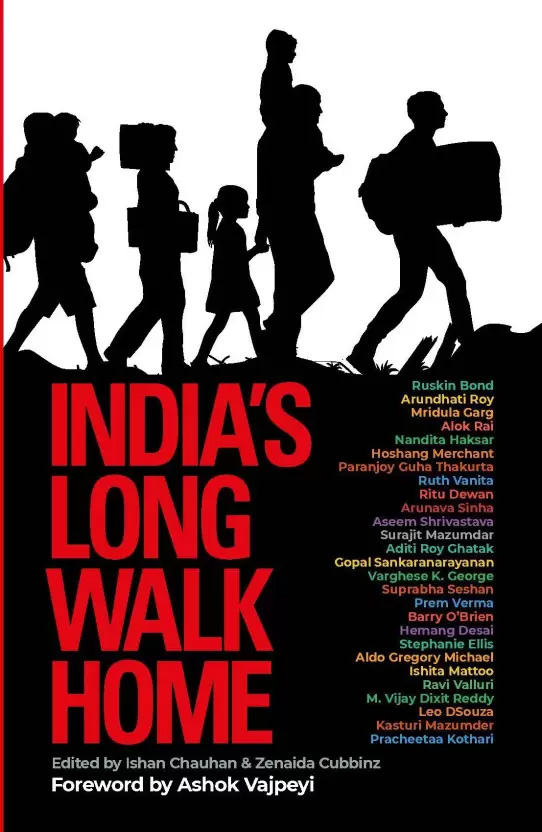Following the decisive victory of the Mahagathbandhan of the JD(U) led by Nitish Kumar, the RJD headed by Lalu Prasad Yadav, and the Congress in the Assembly elections in Bihar, there has been considerable specu-lation about the likelihood of political forces opposed to the BJP coming together. The convergence of all anti-BJP parties will obviously imply that there is bad news ahead for the regime headed by Prime Minister Narendra Modi.
But those supporting the BJP argue that sharp contradictions among a number of important regional political parties aligned against the right-wing, Hindu nationalist party — notably between the Samajwadi Party and Bahujan Samaj Party in UP, the Trinamul and the Left in West Bengal and the AIADMK and the DMK in Tamil Nadu — will ensure that the BJP should have no reason to worry in the foreseeable future.
In other words, unlike in Delhi in February and Bihar in October-November, there would not be a division of votes against the BJP in other parts of the country. Simply put, the BJP believes that the chances of a nationwide coalition being cobbled together against the party are remote in the remaining three and a half years of the Modi government’s term.
What has become clear is that the NDA led by the BJP is almost certainly not going to come anywhere near a majority in the Rajya Sabha during the remaining term of the Modi government. This implies that there is no choice before the government but to reach out to its political opponents if it is to pass new legislation and “reform” economic policies, in particular, initiate the process of bringing about a common goods and services tax aimed at unifying the country’s markets. What this also means is that Mr Modi and finance minister Arun Jaitley cannot continue to display the kind of arrogance they have.
Looking back in time, anti-Congress forces came together for the first time after Independence in 1967, following the sixth general elections. That year, the Left and the Right formed coalitions across the Hindi heartland: one could travel from Kolkata to Amritsar without passing through a single Congress-ruled state.
Political forces opposed to the Congress converged under Jayaprakash Narayan before and after the 1975-77 Emergency. These forces again coalesced in 1989 under V.P. Singh and then again, in 1996. None of these formations could last for any length of time. The first non-Congress government that completed its full term of five years was the one under Atal Behari Vajpayee.
The point is simple: just as “anti-Congressism” did not serve as a long-lasting glue to bind political parties with divergent ideologies, so too purely “tactical” or “opportunistic” alliances against the BJP in the name of “secularism” are neither going to be widespread nor durable. At the same time, the poor performance of the BJP will inevitably exacerbate anti-incumbency sentiments.
Not just in Delhi or Bihar, there was a marked fall in the vote shares of the BJP in the Assembly elections in Maharashtra, Haryana and Jharkhand in comparison to the party’s performance in the 2014 Lok Sabha elections. In UP, in the just-concluded Panchayat elections, the battle was essentially between the BSP and the Samajwadi Party with the BJP coming third.
UP Chief Minister Akhilesh Yadav may claim that a Bihar-like Grand Alliance is possible in India’s most-populous state, but BSP leader Mayawati is not going to forget the time when goons of the SP physically attacked her more than two decades ago in a government guest house in Lucknow. One can always contend that different sets of issues and considerations influence local elections and too much should not be read into such outcomes. At the same time, as the old idiom goes, politics makes strange bedfellows. And such partners are not confined to the likes of Mr Kumar and Mr Lalu Prasad who, after all, once belonged to the same party of socialists.
The SP and the BSP had come together to form a government in UP between November 1993 and June 1995. In 2004, the Left supported the first UPA in which Mamata Banerjee of the TMC was a Union minister. As for the AIADMK and the DMK, both parties are willing to support whoever is in power depending on how the numbers stack up.
Politics is the art of the possible. A week is a long time in politics. But the time for forging new alliances, be these tactical or opportunistic, has not yet come. No one seems to be in a hurry, not even Mr Lalu Prasad Yadav with his lantern.


